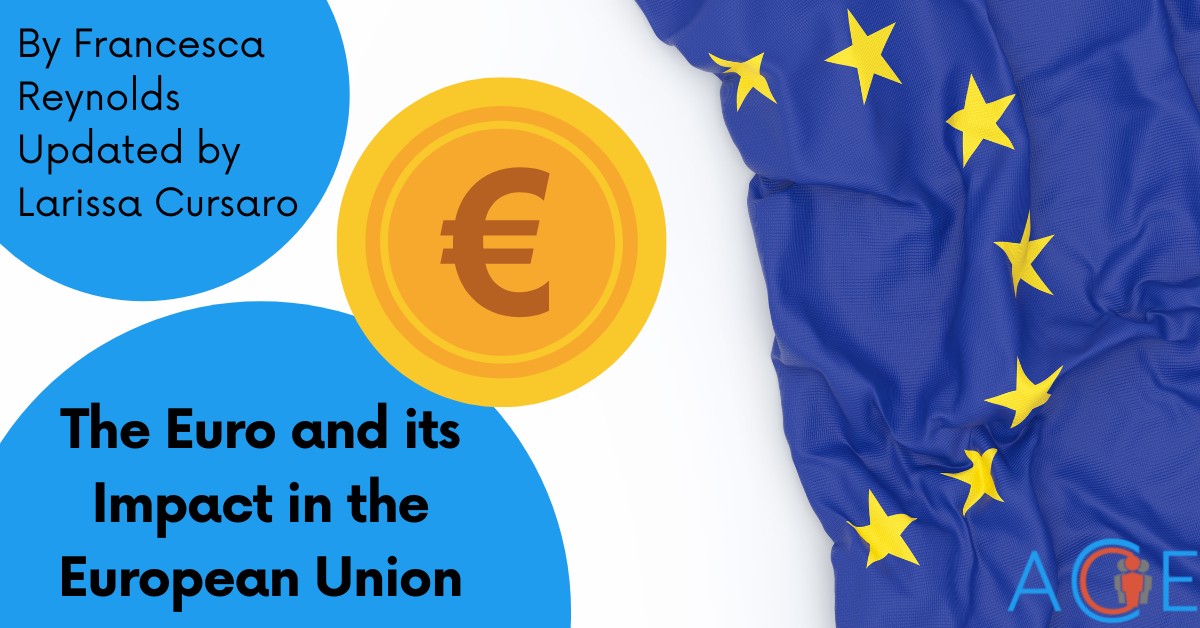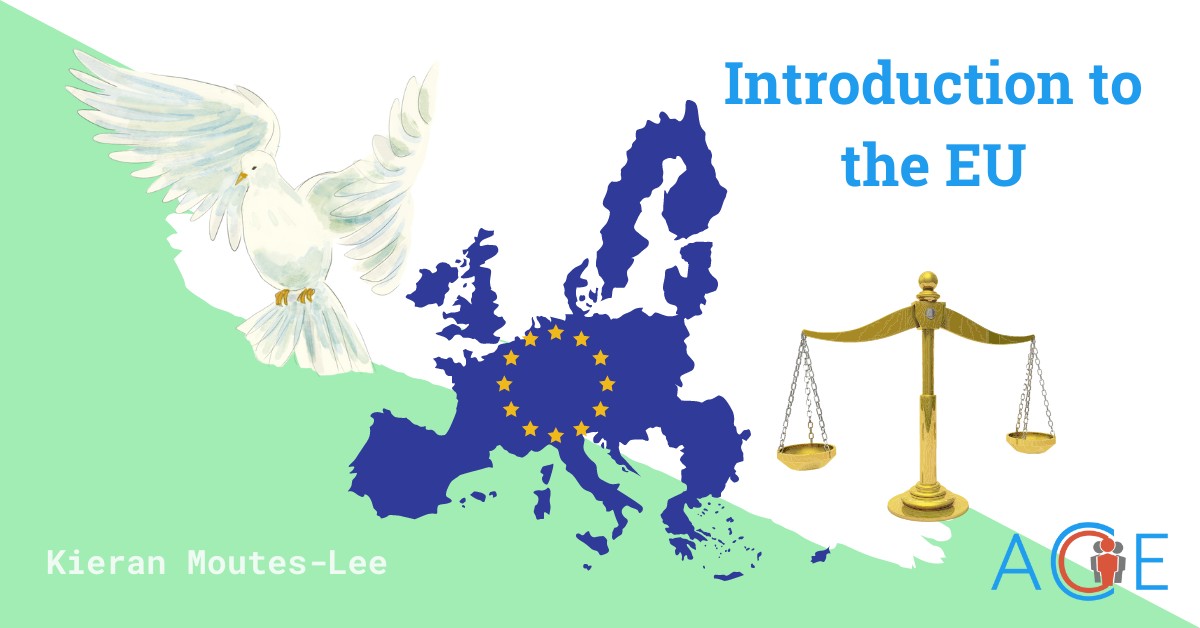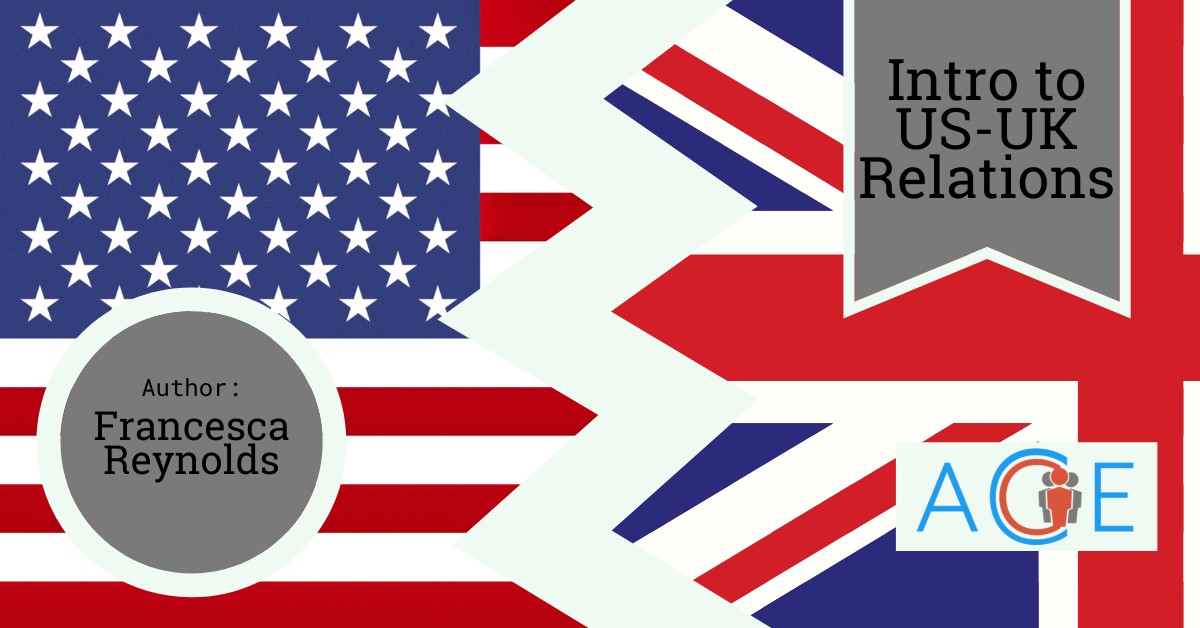This brief was originally published by Francesca Reynolds on July 15, 2021. It was updated and republished by Larissa Cursaro on June 22, 2022.
History
Although it took until 2002 for the Euro to become a physical currency, the idea of a common currency alongside a united monetary and fiscal policy was an ambition of the European Union since the 1960s. Then on January 17 1989, two decades later, the European Parliament declared the free circulation of goods, capital, services, and people to be the “four fundamental freedoms” of the European Union, thus officially encouraging the adoption of a single-currency. The purpose of the common currency was to support economic activity between states, stabilize economies, and enhance options for consumers.
The Euro is now the currency of 19 nations, leaving only 8 EU countries that use an alternative currency (Bulgaria, Croatia, Czech Republic, Denmark, Hungary, Poland, Romania, and Sweden).
The European Central Bank (ECB) was established simultaneously in order to coordinate monetary policy (policies relating to interest rates and money supply, used by central banks to influence the level of demand in an economy e.g. management of interest rates) between countries. This necessary measure also further integrated the economies of many EU countries, leaving national governments with only fiscal policy (policies relating to the amount spent by a government e.g. levels of taxation) to manage their country’s economy.
Benefits
- The Euro enables trade to operate far quicker by removing the need and risk of currency exchanges when operating across eurozone countries. Currency exchanges cost money to complete and are a risk to businesses as fluctuations in rates lead to uncertainty about the cost of the exchange. Therefore, by removing this barrier, trade has flowed easier between countries.
- Having a single-currency economy also incentivizes trade between the EU and other countries. The stability of a single-currency economy is attractive to potential trade partners as it ensures a relatively consistent exchange rate. This stability, paired with prudent economic management makes the Euro an attractive reserve currency for non-Euro countries, thus giving it a more powerful voice in the global economy. Fun Fact: The Euro is the world’s second most popular reserve currency.
- In theory, a combined currency should also incentivise countries to support each other and thus promote greater stability. There are a few reasons for this. First, countries with larger economies tend to be more stable as they are able to spread risk. For example, a natural disaster in a small country can ruin their economy and currency. On the other hand, a natural disaster in one US state will likely have an insignificant impact on the currency. Second, more successful countries have an incentive to help out less successful countries, otherwise known as “cohesion policy”. This is because the value of the currency impacts all countries using it, so if countries want to prevent harmful impacts to their own country, they need to support others. This benefit was realized during the 2020 Coronavirus Crisis. Although there was initially insufficient support for a collective measure, the ECB consistently bought debt in severely impacted countries to keep interest rates low. Eventually, the Next Generation EU recovery plan was put in place. It is the largest stimulus package ever from the EU and is worth around €750 billion.
Issues
The most significant issue facing the adopters of the Euro is the coordinated monetary policy that often fails to fit local economic conditions. The economies of the countries currently using the currency vary significantly. Germany is the world’s third largest exporter but has to use the same monetary policy as Lithuania whose export value is 67th globally. Without tailored monetary policy for each economy, countries can struggle to solve issues impacting their populations, as was the case during the eurozone Sovereign Debt Crisis.
There is also concern regarding the economies of some member states that have already adopted the Euro. In order to become a member of the eurozone, countries must meet certain economic standards called “convergence requirements”, one of which requires the country’s debt ratio to be under 60% debt to GDP. Considering that this is a non-negotiable prerequisite to join the eurozone, many economists wonder if the European Commission should start holding current eurozone members to the same standard. Some of the largest countries in the European Union—such as Italy, France, and Spain—fail this requirement with the average percent debt to GDP in the Euro area being 100 percent. If left unchecked, they may cause the Euro to lose value, which could be devastating for the Euro area’s economy.
Future
- There are frequent reports of the potential collapse of the Euro, however, at least in the near future, this seems unlikely. The Euro was able to survive in Greece despite both economic and political crisis after the 2008 financial crisis, so it seems likely to continue through comparatively steadier times.
- The number of countries using the Euro could be set to increase. Since 1991 any country joining the EU has had to adopt the Euro and meet the “convergence requirements” (excluding Denmark). With a number of countries in the pipeline to joining the EU, it is no surprise that the eurozone is set to expand. On June 1st, 2022, the European Commission determined in its convergence report that Croatia has fulfilled the convergence requirements for the adoption of the euro on the first of January, 2023. However, many countries have been on the path to EU accession for many years without having been deemed to fulfill the convergence criteria.




